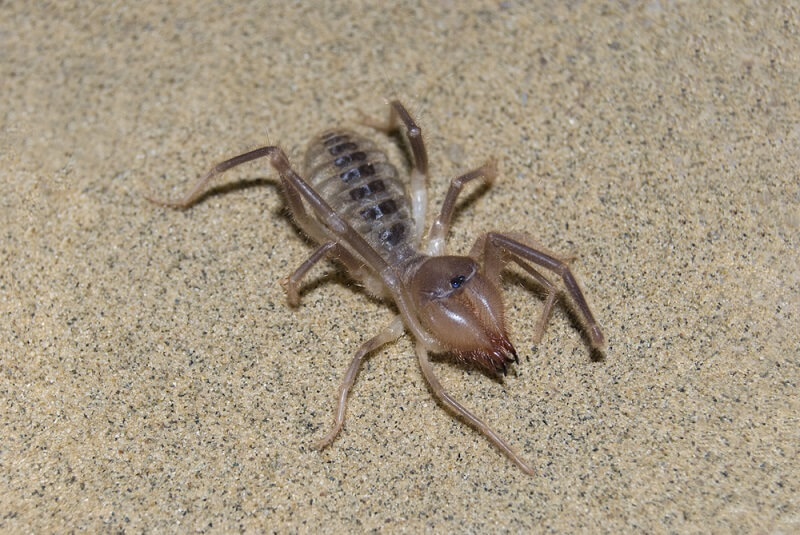
| Kingdom | Animalia |
| Phylum | Arthropoda |
| Class | Arachnida |
| Order | Solifugae |
| Family | 12 Families |
| Genus | 150+ Genera |
| Species | 1,000+ Species |
| Niche | Arid Roaming Predator |
| Length | Up to 6 in (15 cm) |
| Weight | <1 oz (<30 g) |
| Lifespan | Unknown |
| Social Structure | Solitary |
| Conservation Status | Least Concern |
| Preferred Habitat | Deserts, Arid Scrubland |
| Average Clutch Size | 50-200 eggs |
| Main Prey Species | Small insects, carrion |
| Predators | Birds, Reptiles, Mammals, Larger Insects |
The Basics
The camel spider is a common name for a large number of species in the order Solifugae. Also known as wind scorpions or sun spiders, these creatures are neither a scorpion nor a spider. While they are still in the Class Arachnida, they display traits of both scorpions and spiders.
Like scorpions, the camel spider has a distinctly segmented opisthosoma. However, it does not have an elongated tail with a stinger. Like spiders, the camel spider uses its pedipalps (foremost appendages) to search for and manipulate prey items. Camel spiders have 8 legs like all arachnids, though their pedipalps are so large that it looks as if they have 10 legs.
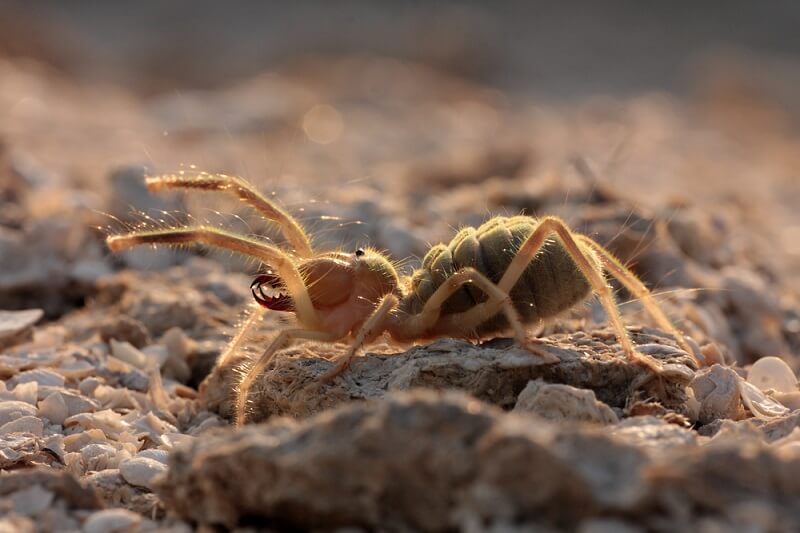
The chelicerae of a camel spider are much more massive than those in most arachnids, though they do not contain venom like many spider species. Instead, these powerful appendages are used to cut and tear their prey into small pieces, which are then liquified and swallowed. These chelicerae are powerful enough to bite through human skin, so camel spiders should not be handled. However, they are not nearly as dangerous or scary as the internet has made them seem.
Common Camel Spider Myths Debunked
The camel spider was relatively unknown to most people until the early 2000s. Despite the fact that the order Solifugae is distributed across the globe and that most areas have more than 1 species of camel spider, these small predators were relatively unknown until soldiers fighting in the Middle East began to send back manipulated pictures of “giant” camel spiders. By holding these arachnids closer to the camera, it gave the appearance that they were several feet in diameter.
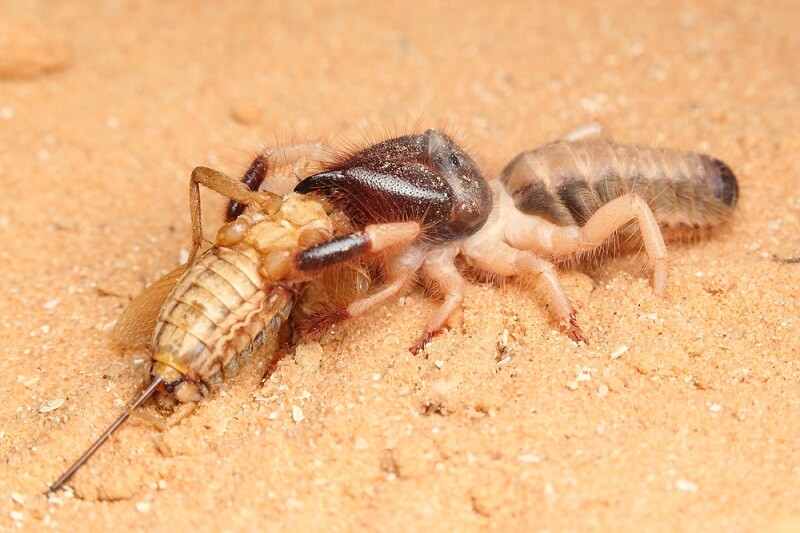
In truth, camel spiders reach a maximum of about 6 inches in diameter and are almost completely harmless to humans. In the desert, these predators sometimes follow the shadows of larger animals – giving the impression that they are chasing or preying on a camel or a human. However, this is simply untrue.
Other myths include things like camel spiders being poisonous, dangerous, extremely large, aggressive, or extremely fast. Relatively speaking, the camel spider is neither the fastest nor the most dangerous insect known to humanity. In fact, until the internet rumors and doctored pictures spread, most people had no idea that camel spiders even existed.
Interesting Insights from the Camel Spider!
Though the camel spider has occupied the nightmares of many people for the last decade or so, before that it was relatively unknown. Far from being a monstrous terror, the camel spider is actually the perfect example of the following biological concepts!
Chelicerae + Pedipalps
Two appendages that are unique to the arachnids are the chelicerae and pedipalps that are easily seen on a camel spider. The chelicerae are pinching appendages, armed with sharp articles that sometimes contain tiny teeth. These pinchers can grab, tear, and cut into prey items. Though the chelicerae of scorpions are longer, they are not nearly as powerful as the chelicerae of a camel spider. Camel spiders can also use their chelicerae for stridulation – a hissing or chattering noise created by rubbing stiff parts of the chelicerae together.
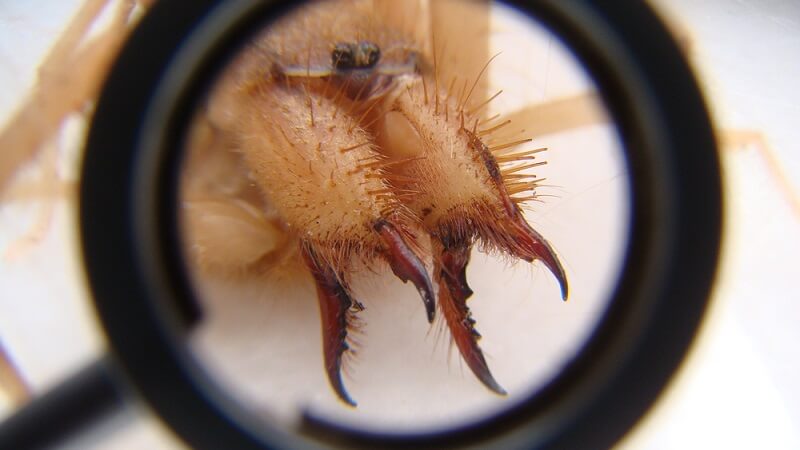
Like spiders and scorpions, members of the order Solifugae also have pedipalps – leg-like appendages that are not used for walking. Instead, these foremost appendages are used solely for finding, capturing, and manipulating prey. The pedipalps are covered in small hairs, which allow a camel spider to feel everything that the pedipalps touch.
Fear of Arachnids
Interestingly, the fear of arachnids is an inherent reaction in many primate species, not just humans. Evolutionarily, animals evolve to fear or avoid species that may be dangerous. However, there are millions of species on the globe and so animals must generalize what features they use to identify a dangerous species. So, because there are some 8-legged species that have the potential to harm a human, most humans retain a fear of all crawling insects.
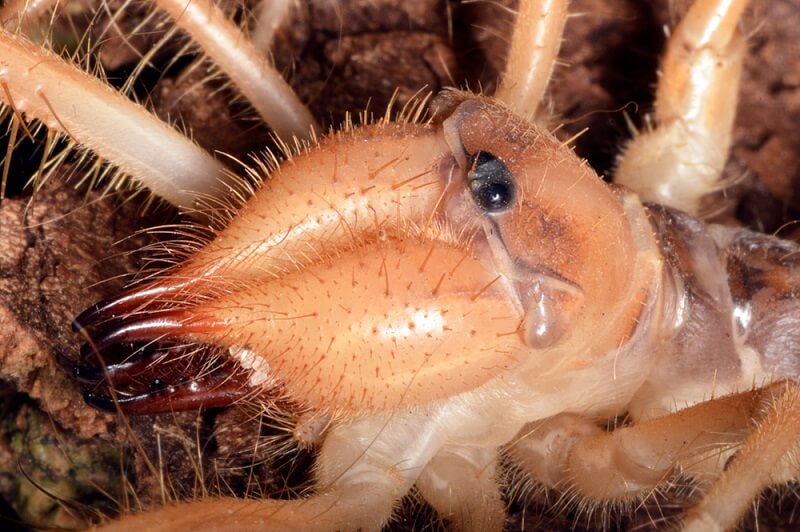
While this fear is irrational in the case of the camel spider, it is nevertheless ingrained in many cultures and populations. Though this evolutionary fear may have helped our ancestors survive and reproduce in ancient times, modern science makes it easy to distinguish species that are actually dangerous. Much like a cat will react to a cucumber as if it were a snake, most people are scared of insects, arachnids, and other arthropods simply because of a deeply engrained evolutionary response. Once you get to know the camel spider, you will see it is not a threat and is actually an amazing group of species with incredible adaptations.
